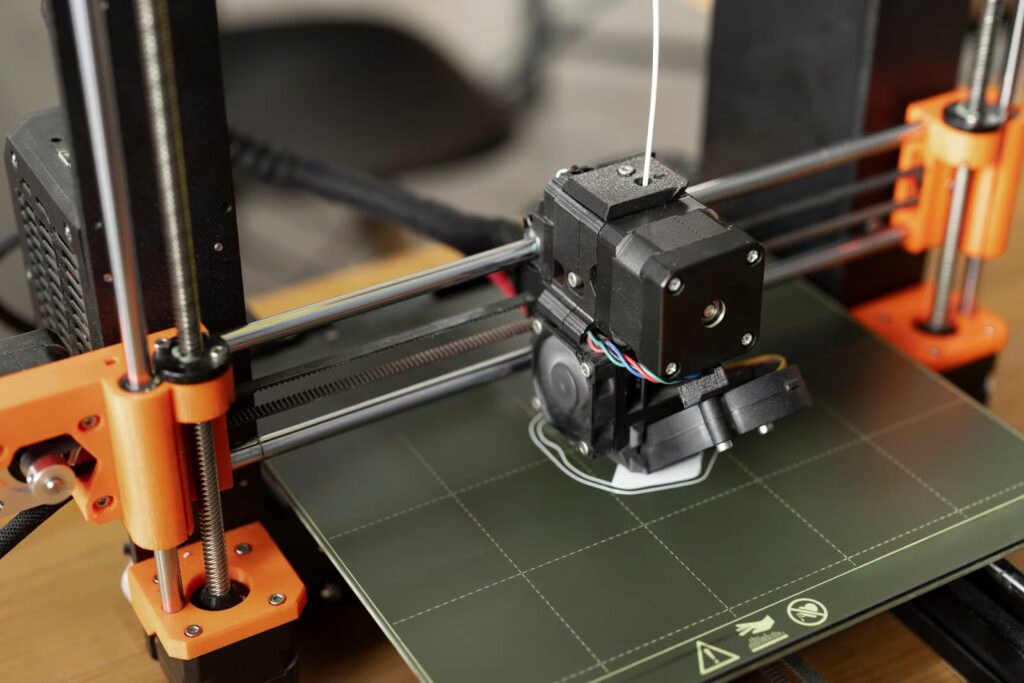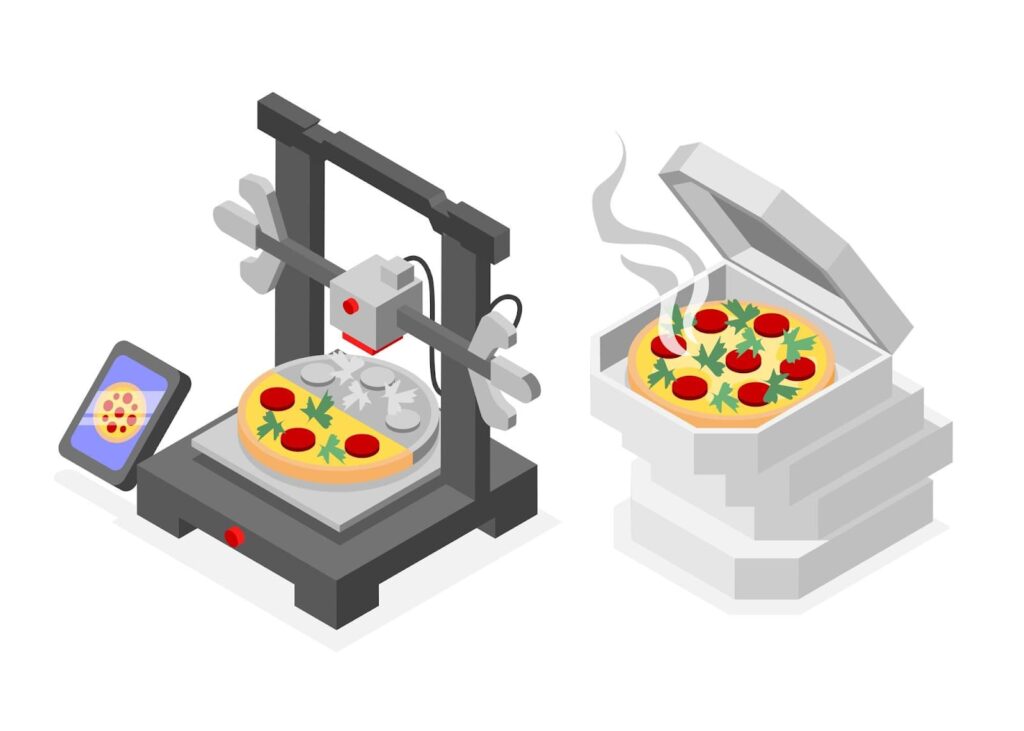In recent years, the convergence of technology and culinary arts has given rise to a groundbreaking innovation: 3D food printing. This revolutionary concept has transformed traditional restaurant kitchens and is reshaping the way we think about food production and consumption. The ability to create intricate designs and shapes using edible materials has opened up new possibilities for chefs and food enthusiasts alike. In this comprehensive guide, we will delve into the world of 3D printed food, exploring its history, the types of foods that can be printed, the benefits and drawbacks of this technology, and its promising future.
What is 3D Food Printing?
A Brief History of 3D Food Printing
The concept of 3D food printing may seem like something out of a science fiction novel, but its roots can be traced back to the early 2000s. The first experiments with 3D printed food involved using pureed ingredients as “inks” to create intricate shapes and designs. Over time, advancements in technology and material science have propelled 3D food printing into the spotlight, capturing the imagination of chefs, researchers, and consumers around the world.
One popular method of 3D food printing is derived from the same plastic printing method used in traditional material-based printing, known as Fused Deposition Modeling (FDM). This technique involves extruding edible materials through a nozzle to build up layers and create the desired food item.
Foods That Can Be Printed
The range of foods that can be 3D printed continues to expand, offering endless possibilities for culinary creativity. From sweet treats like chocolates and confectionery to savory delights such as pasta and meat substitutes, food printing has transcended the boundaries of traditional cooking. Additionally, fruits and vegetables can be transformed into visually stunning and delectable creations, showcasing the versatility of this innovative technology.
Examples of Foods That Can Be 3D Printed
| Type of Food | Examples |
|---|---|
| Sweet Treats | Chocolates, candies, cake decorations |
| Savory Delights | Pasta, meat analogues, customized pizza toppings |
| Fruits and Vegetables | Intricate fruit sculptures, vegetable garnishes |
Benefits of Food Printing
Safer Eating
One of the most significant advantages of 3D food printing lies in its potential to enhance food safety. By utilizing precise digital models, food items can be produced with minimal human contact, reducing the risk of contamination. This level of precision also allows for the creation of allergen-free dishes, catering to individuals with specific dietary requirements.
Perfect Presentation
The aesthetic appeal of dishes plays a crucial role in the culinary world, and food printing excels in delivering visually stunning presentations. Chefs can unleash their creativity by crafting intricate designs and personalized touches, elevating the overall dining experience for patrons.
Simple and Sustainable
3D food printing offers a streamlined approach to food production, minimizing waste and maximizing efficiency. With the ability to create complex structures and textures, this technology enables the utilization of alternative ingredients and sustainable resources, contributing to a more environmentally friendly culinary landscape.
Advantages of Food Printing
- Enhanced food safety;
- Stunning visual presentations;
- Sustainable use of ingredients.
Cost-Cutting
The implementation of 3D food printing in commercial kitchens has the potential to optimize costs associated with labor and ingredient usage. By automating certain aspects of food preparation and utilizing precise quantities of ingredients, businesses can achieve greater operational efficiency and cost savings.

The Downsides of 3D Culinary Creation
Limited Durability
While 3D culinary creations captivate with their unique visual appeal, some may not last as long as traditionally prepared dishes. The durability of these items can be affected by factors such as moisture content and the mix of ingredients, which can pose a challenge for their broad acceptance in various culinary environments.
Not Suited for Home Use
Currently, 3D culinary creation technology is mainly designed for professional settings, with little ease of use in home environments. The complex equipment and specific know-how needed for its operation render it less practical for general use in personal kitchens, creating obstacles for its adoption by everyday consumers.
The Future of 3D Culinary Creation
The progression of 3D culinary creation technology is set to bring significant promise to the cooking industry, leading the way for novel innovations and transformative experiences. As research and development efforts continue to expand the capabilities of this technology, several key areas are expected to evolve.
Tailored Nutritional Solutions
In the area of customized nutrition, 3D culinary creation technology stands to revolutionize eating habits by allowing for the preparation of meals specifically designed for individual nutritional requirements. This advancement could greatly influence the management of nutritional deficiencies and support overall health and well-being.
Educational and Exploratory Culinary Ventures
Incorporating 3D culinary creation into cooking education and experimentation offers new paths for budding chefs and culinary enthusiasts. This technology provides a medium for artistic expression and discovery, encouraging a culture of innovation and learning in the culinary arts.
Eco-Friendly Culinary Approaches
Amid increasing focus on environmental sustainability, 3D culinary creation presents an intriguing solution for enhancing food security and conserving resources. Through the use of alternative materials and improved efficiency in production methods, this technology could play a pivotal role in fostering a more sustainable and resilient culinary ecosystem.
Conclusion
In summary, 3D culinary creation marks a significant shift in the culinary world, merging creativity with technology in ways that could fundamentally alter our engagement with cuisine. Despite the hurdles that lie ahead, the extensive advantages and possibilities offered by this approach highlight its potential as a groundbreaking influence in the field of gastronomy. With continued research and innovation driving this technology forward, the future of 3D culinary creation is poised to offer endless possibilities for enriching our culinary experiences.
